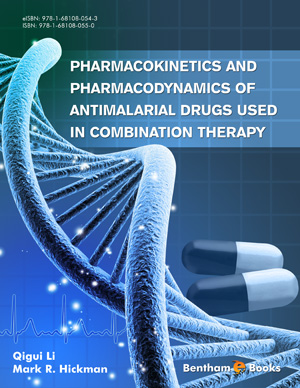Abstract
Most of the antimalarial drugs and their combination formulations in current use came on market before the modern use of PK and PD principles for dosage design to maximize drug efficacy. Antimalarial dose regimens have been empirical in nature based on clinical studies with drug half-life, PK inter-individual variation, drug exposure level and time variables have been derived from experimental data or referred to by data from public trials. PK studies involve investigating the relationship between drug absorption, distribution, metabolism, and excretion, while PD studies investigate relationships between the drug target and the drug itself, the mechanism by which the drug works, and the clinical effect the drug provides. Both kinds of studies are involved when assessing drug interactions. Many drugs are metabolized into a similar metabolism pathway or shared an identical target that provides an opportunity to match the proper partner drugs for an antimalarial combination. The ideal PK properties of antimalarial drugs have long been deliberated. From a perspective of preventing drug resistance, drug combination partners should have a similar PK profile. The implications of a PD mismatch on ACTs are not clear at present, particularly in regions with high malaria transmission. Current recommended ACTs have repeatedly shown in a variety of clinical studies that the PD match between ACT partner drugs is good, the combinations are efficacious, well-tolerated, and provide protection against new infections. As discussed in other chapters, PK/PD mismatched ACTs have a known risk of encouraging drug resistance to partner drugs where drug resistance has yet to emerge, and drug combinations that are mismatched will not aid in the important public health job of limiting the spread of resistance.
Keywords: Chemoprophylaxis, chemotherapy, clinical trials, combination, combination partner, dosage design, dosage regimen, metabolism matching, PD matching, PD mismatch, PK matching, PK mismatch, PK/PD mismatch.






















